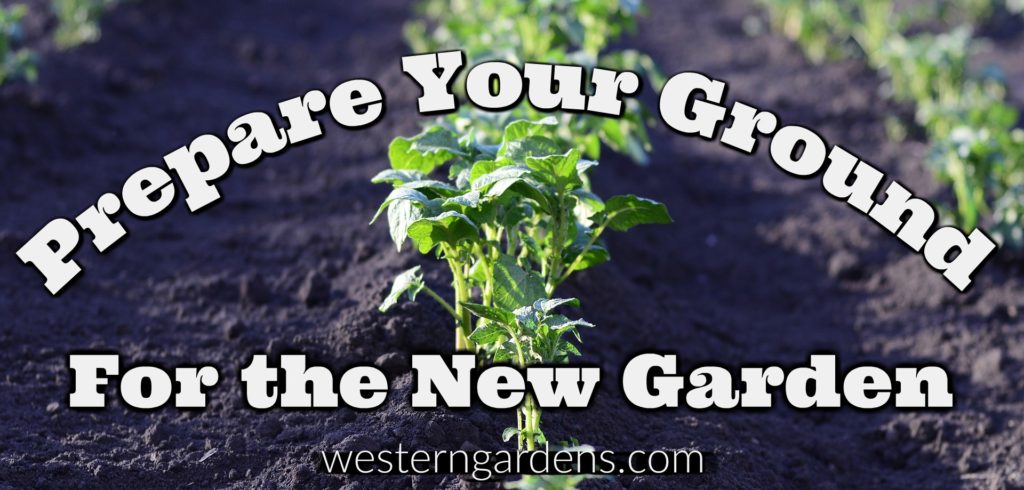
So you want to grow a vegetable garden? The first step is to prepare the ground for your garden. Growing a vegetable garden is like painting a room. The actual painting the room is the “fun” part. All the preparation before the roller hits the smooth wall is the most important part of painting a room. Washing, puttying holes, sanding, and priming the walls may seem tedious and unglamorous, but it is very important to create the ultimate finished nicely painted wall.
Preparing the ground for your vegetable garden is just as important as picking the fruits of your labor. You’ve come to the right place to get started. Welcome!
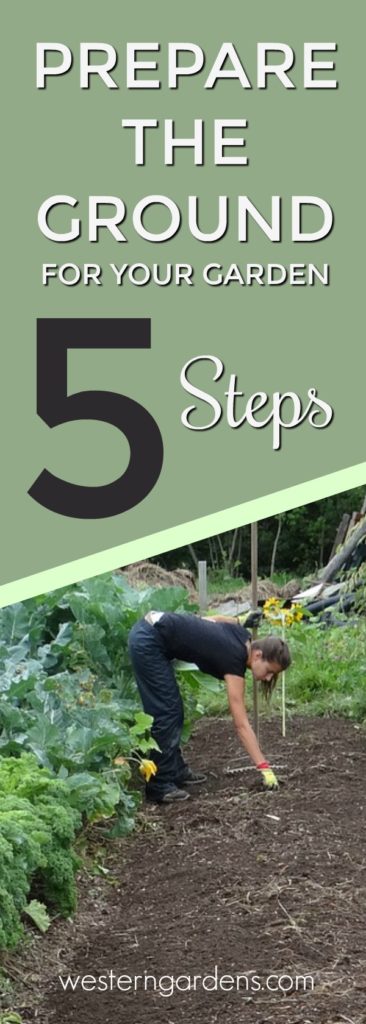
You can do it! Here are some steps to get you started in the wonderful world of gardening:
- Start Small – You don’t want to bite off more than you can chew. It’s like a new exercise program. In the beginning you may be overwhelmed, tired, and want to quit. Start smaller. A plot of ground 8′ x 10′ is plenty big. You may want to just start with growing a few items in large planters (but there are some vegetables that don’t like the confinement of planters). Maybe just begin with a small strawberry bed. Sweet rewards await you. Find success with a little garden. You can always expand as you get the hang of it.
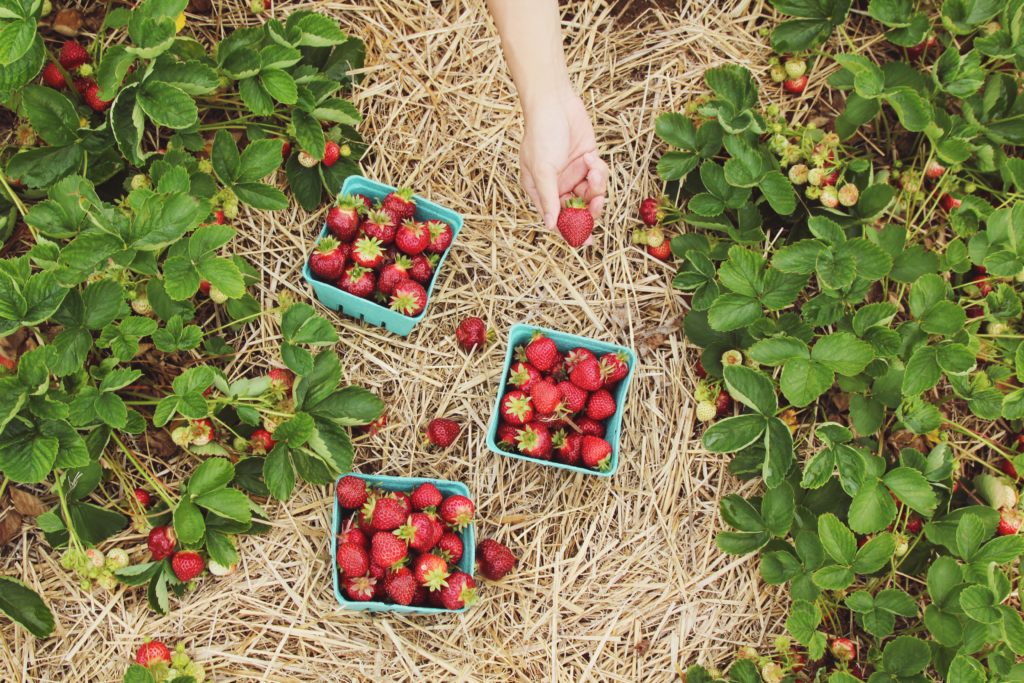
- Choose a Sunny Location for a Vegetable Garden – Vegetables like sunlight. Most vegetables like 8-10 hours of sun in 24 hours. Trimming overgrown unwanted bushes or trees could be done to create more sunlight for your garden. If you are doing a flower bed, decide whether it will be for shade loving plants or full sun plants.
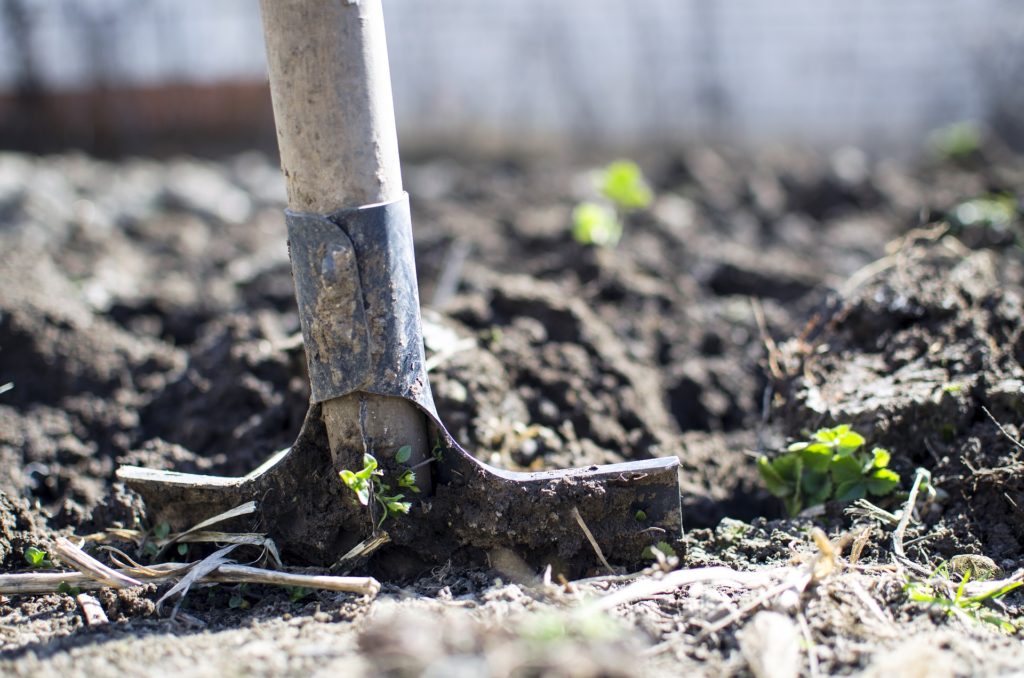
- Clearing the Space – Now that you have your area chosen, it’s time to prepare the ground for your garden. Clear the ground of weeds, rocks, sod, etc. All you want is dirt! A shovel works well to dig up roots and to turn over your dirt. If you have sod, you can dig it up with your shovel, but be sure to shake off all the dirt from the roots of the pieces you lift. You don’t want to rob your garden of the awesome soil. You can throw the sod into a compost pile. Some people go to the expense of buying or renting a tiler to work up the soil and sod. Do what you can afford. The idea is to get the soil free from weeds, grass, rocks, roots, and other things to hinder your garden growth. You are “clearing the land” like our forefathers had to do.
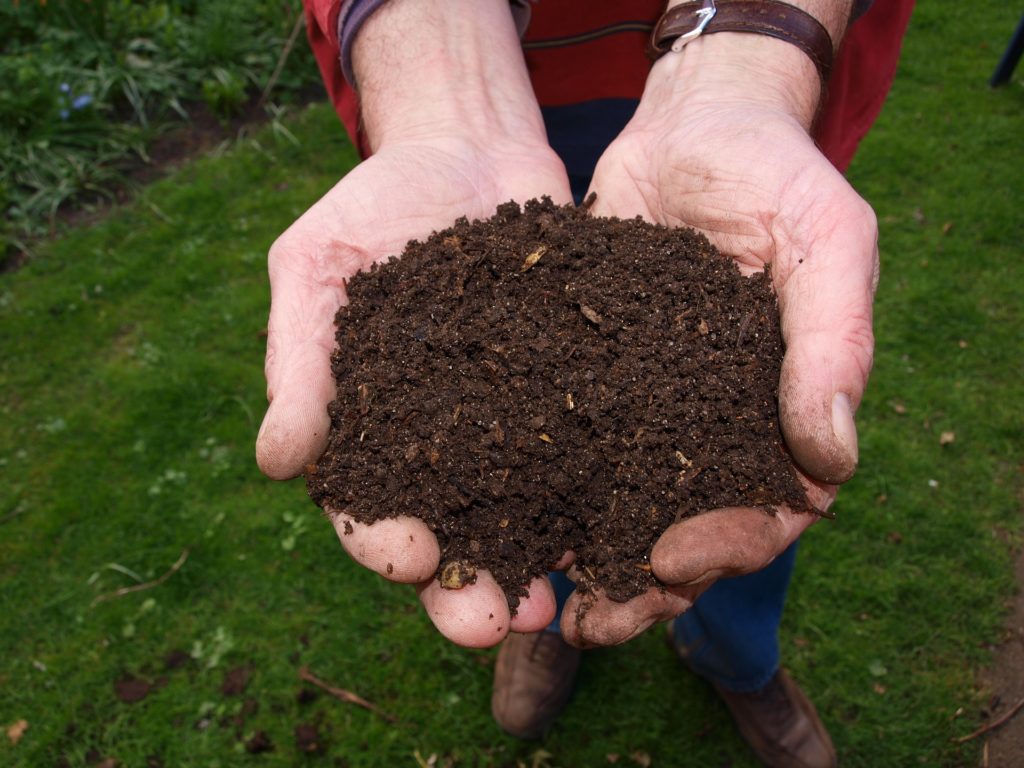
- Soil Preparation – Here along the Wasatch front in Utah, we have pockets of all types of soil. Just in the Salt Lake Valley alone, you could have very sandy soil that doesn’t hold the water well at all, or you may have clay, which holds the water too much and drowns the plants. Our ultimate goal is to have a good “loam” – a mixture of sand, clay, and good organic matter. Back to your soil – you must determine what type of soil you have. If you have very sandy soil, you’ll need to add amendments to the soil to get it more to the “loam” we are after. If you have more heavy clay soil (like mine), then you will need to amend the soil with different products, again to bring it to that balanced loam we seek. If you are not sure what kind of soil you have, take a gallon size baggie with about 2 cups soil from your garden plot and visit your local garden center like Western Gardens. Inquire of their garden experts and they can identify what type of soil you have. They will also identify what soil amendments you may need to add to your dirt. Lots of times it’s just needing to add more organic matter to the soil. They’ll tell you the method you should follow for your situation and your soil. You may just need to top dress your bed with some bags or a load of topsoil. But ask the garden experts and they’ll help you. They want you to be successful too.
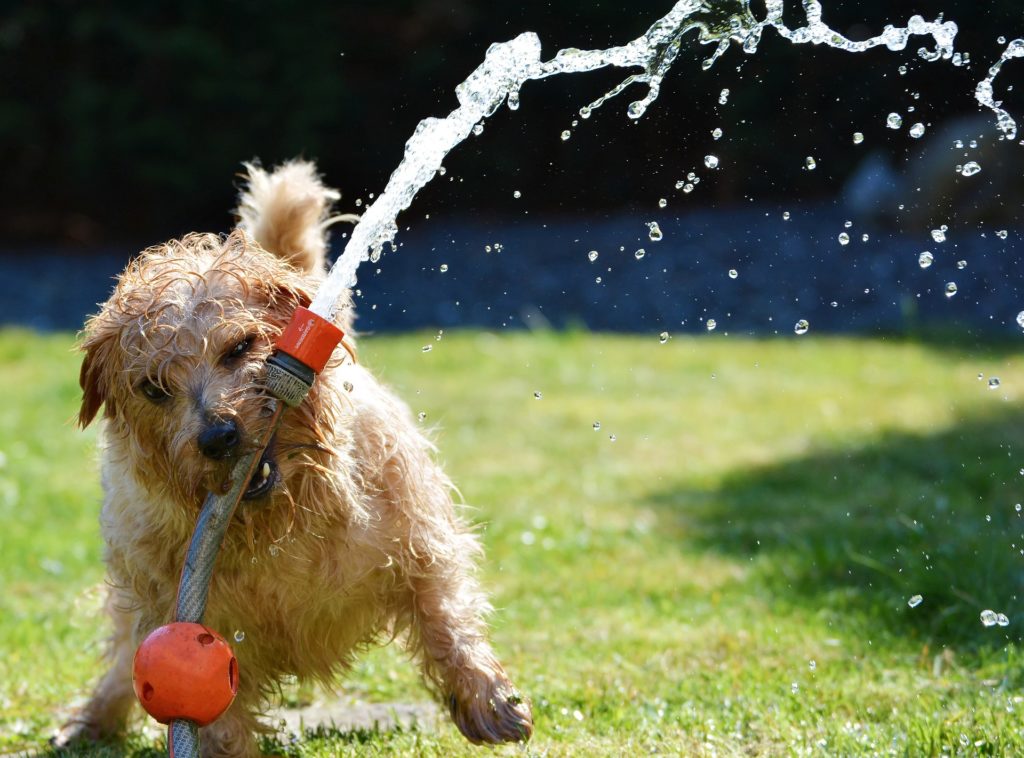
- Watering Method – You will want to at least know how you are going to water your first garden. To start off this year, you may just want to purchase a soaker hose to attach to your existing hose and faucet. Run the hose along your plants or seeds once they are in the ground. After you get the hang of gardening, you can invest in more elaborate watering methods. Watering with a hose from above could also be an initial plan. Just as long as your plants get the proper water needed, you should find success.
Now you are ready to plant! Easy-to-grow crops like onions, peas, beets, carrots, and zucchini are a great place to start, especially in small gardens. There are many vegetables that are easy and will save you money throughout the season. If you would like advice on the best vegetables to start with in your garden, and for what varieties work well in our Salt Lake climate, you can always stop by Western Gardens and talk to one of our helpful gardeners. Here is an article about Warm Season vs Cold Season Vegetables to plant, depending on when your soil is ready to plant up. They are always ready to help you with organic pest control suggestions, fertilizer recommendations, and their opinions for the best time to plant.
Also, this article from Gardener’s Path is very good and goes into more details. Planning and Planting Your First Vegetable Garden Check it out!






